Acid Dyes [A Brief Look]
Do you know why acid dyes are so called? Mostly acid dyes you will get are carboxylic or sulphuric acid salts. Often they are applied from an acidic bath. That’s why they are called “acid dye”. Though acid dyes possess pretty good light fastness, the wet fastness is not that good. Properties of Acid dyes … Read more

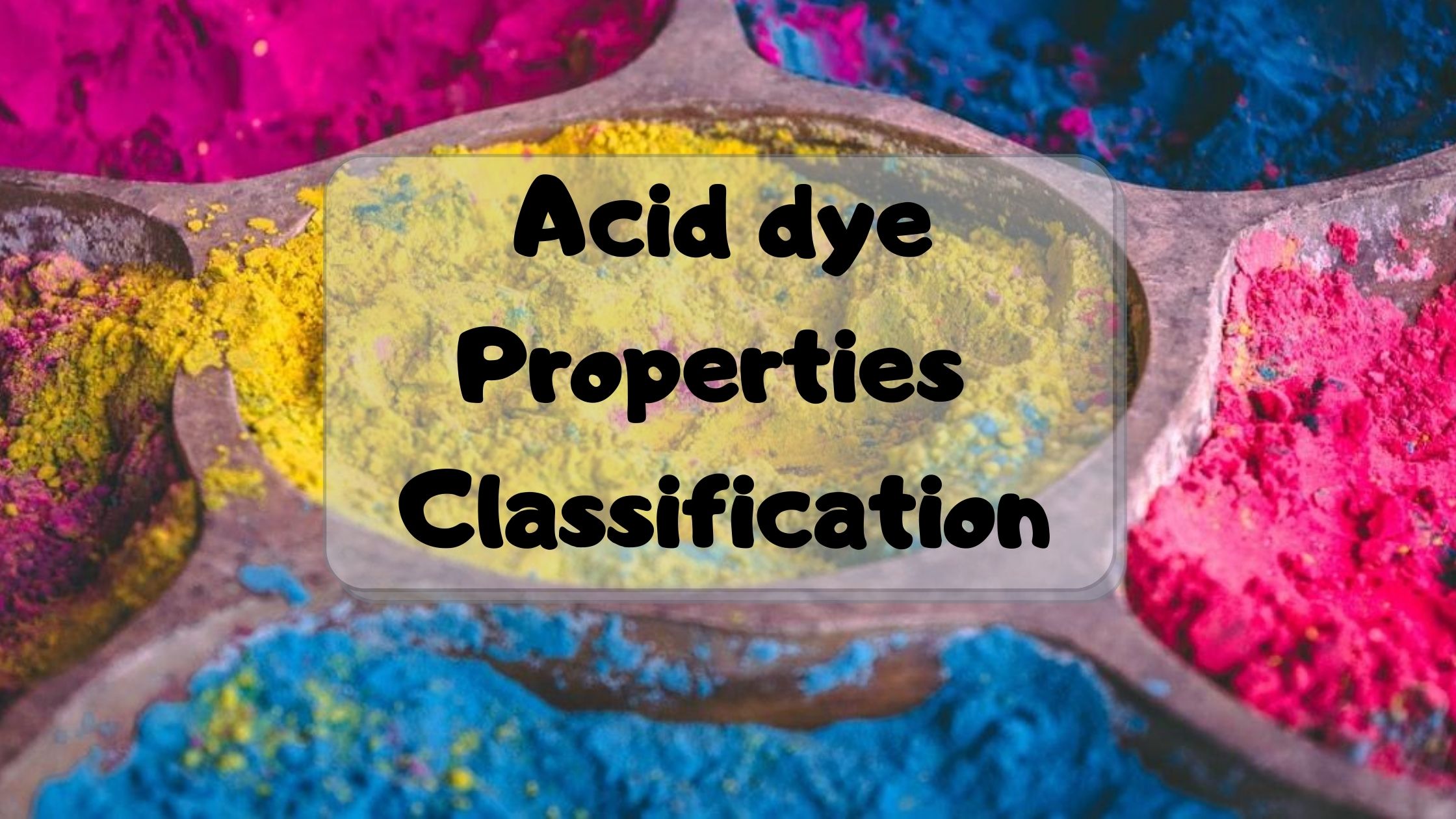
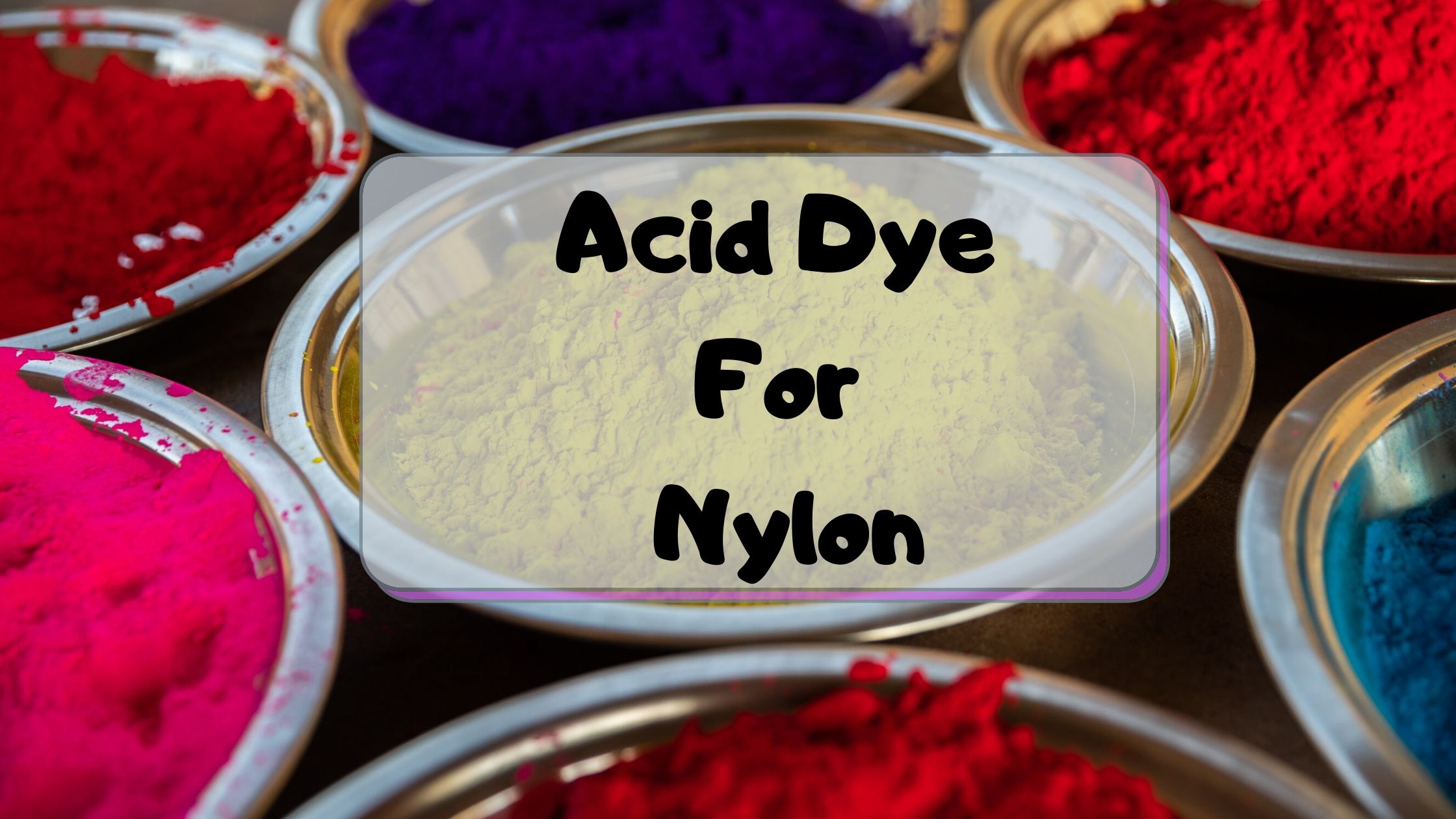
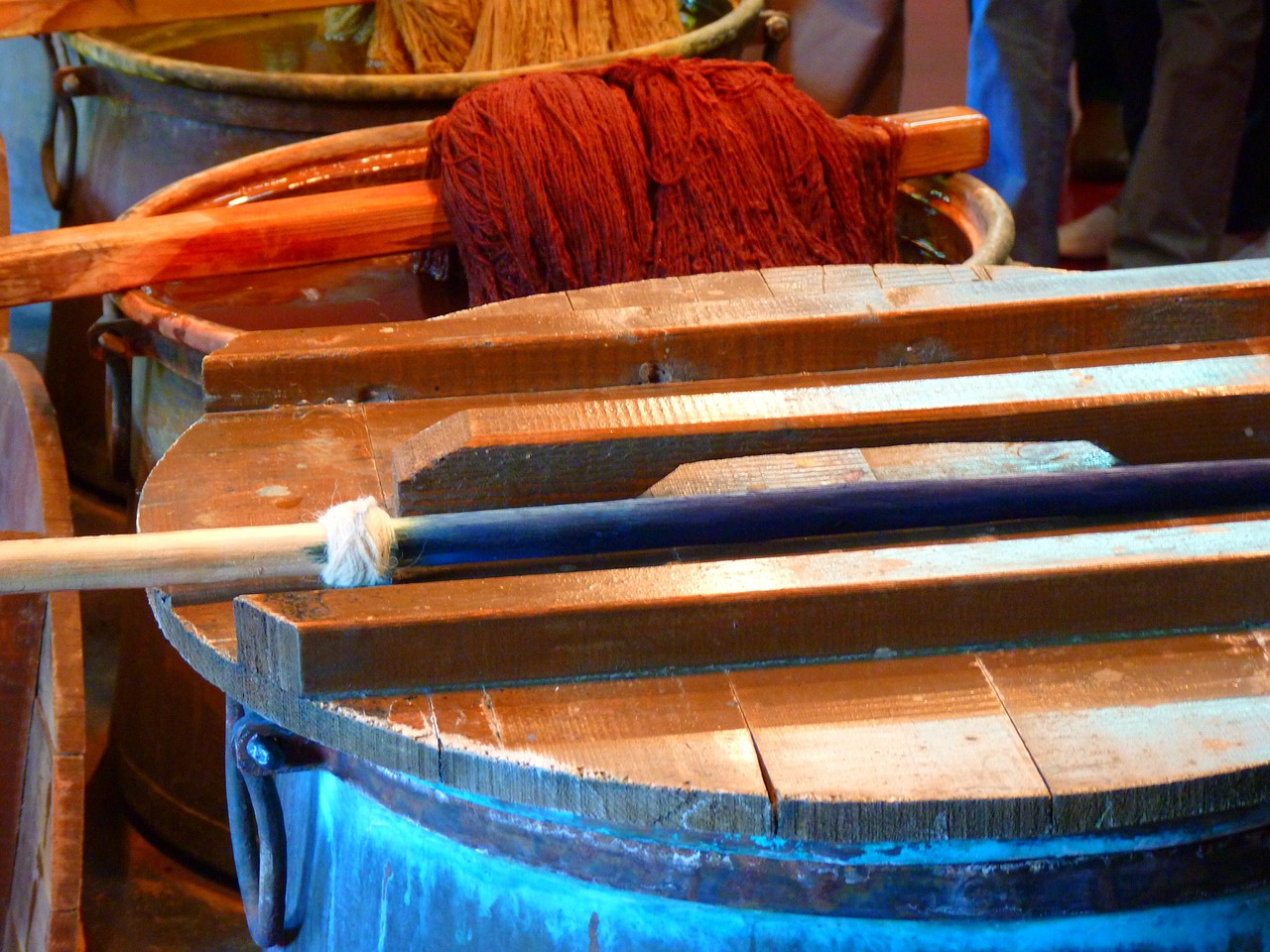
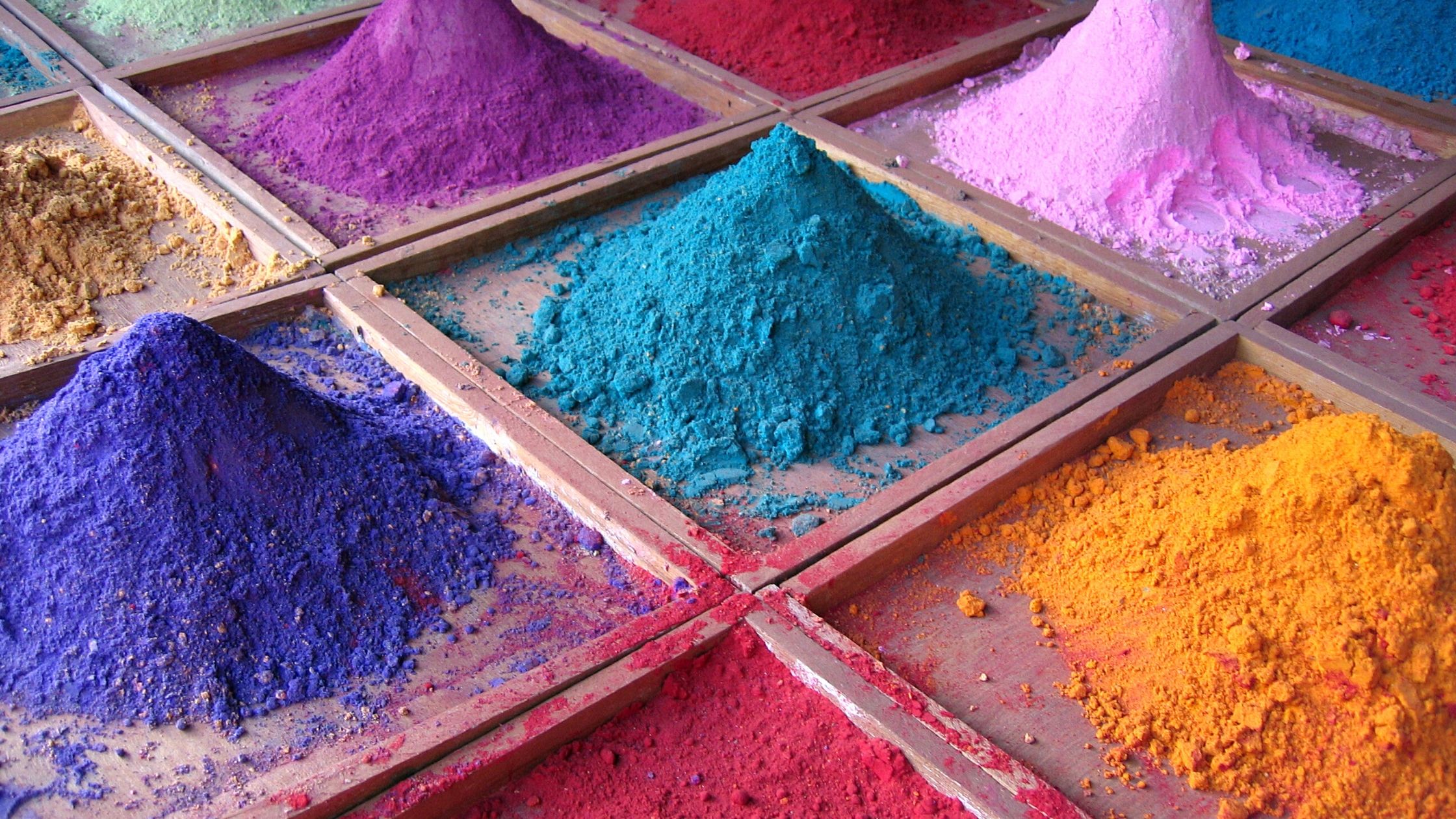
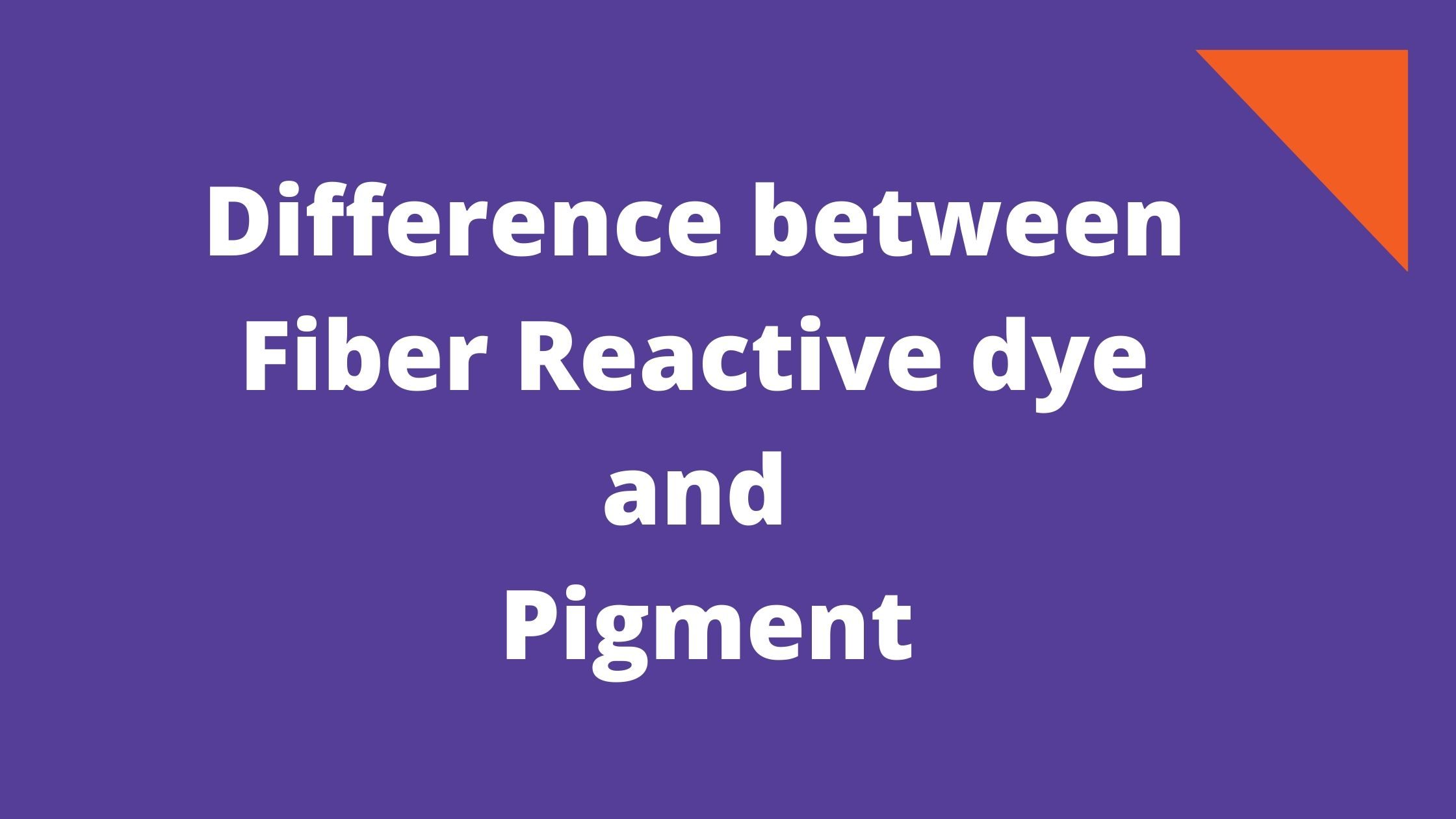
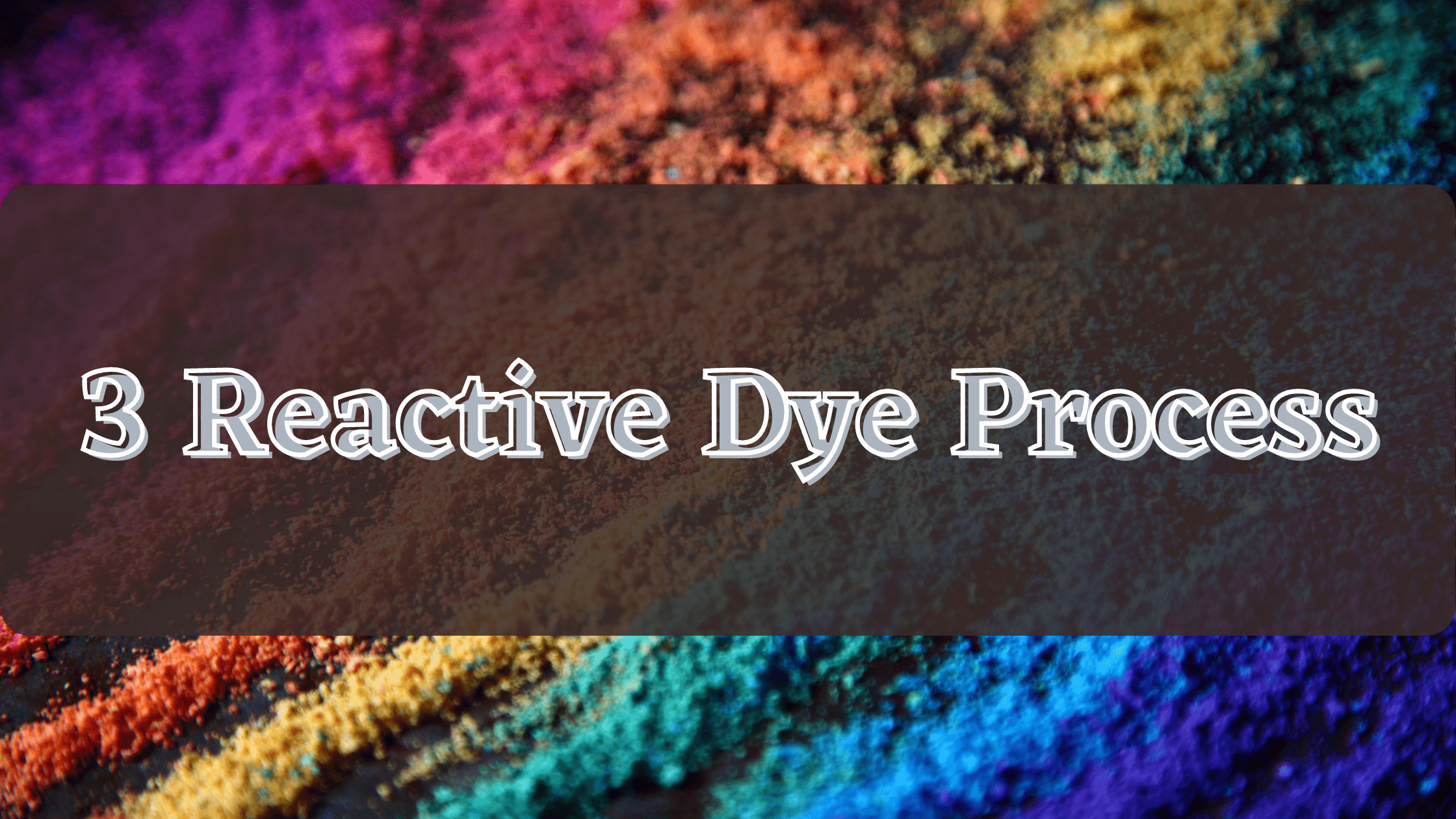
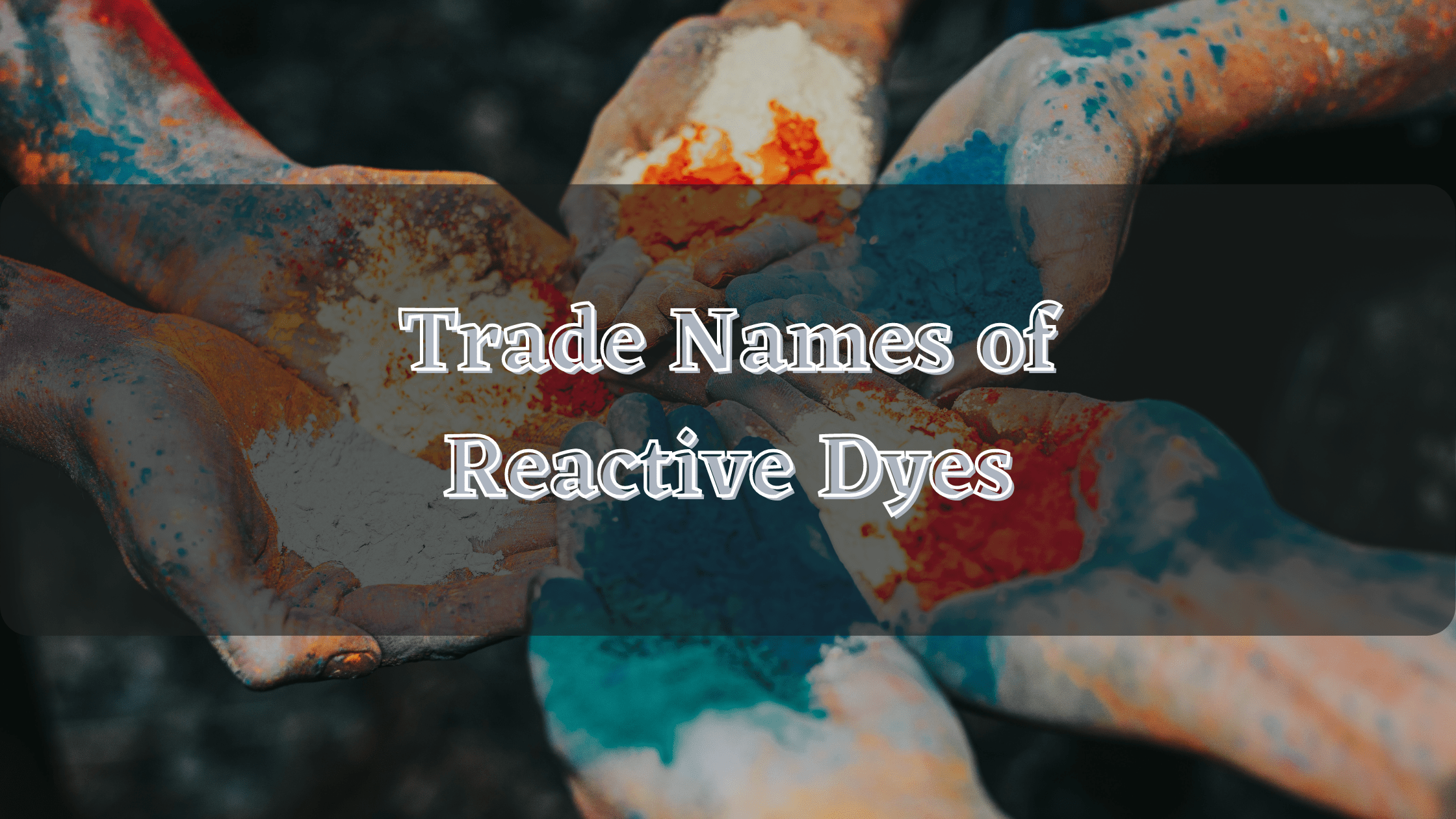
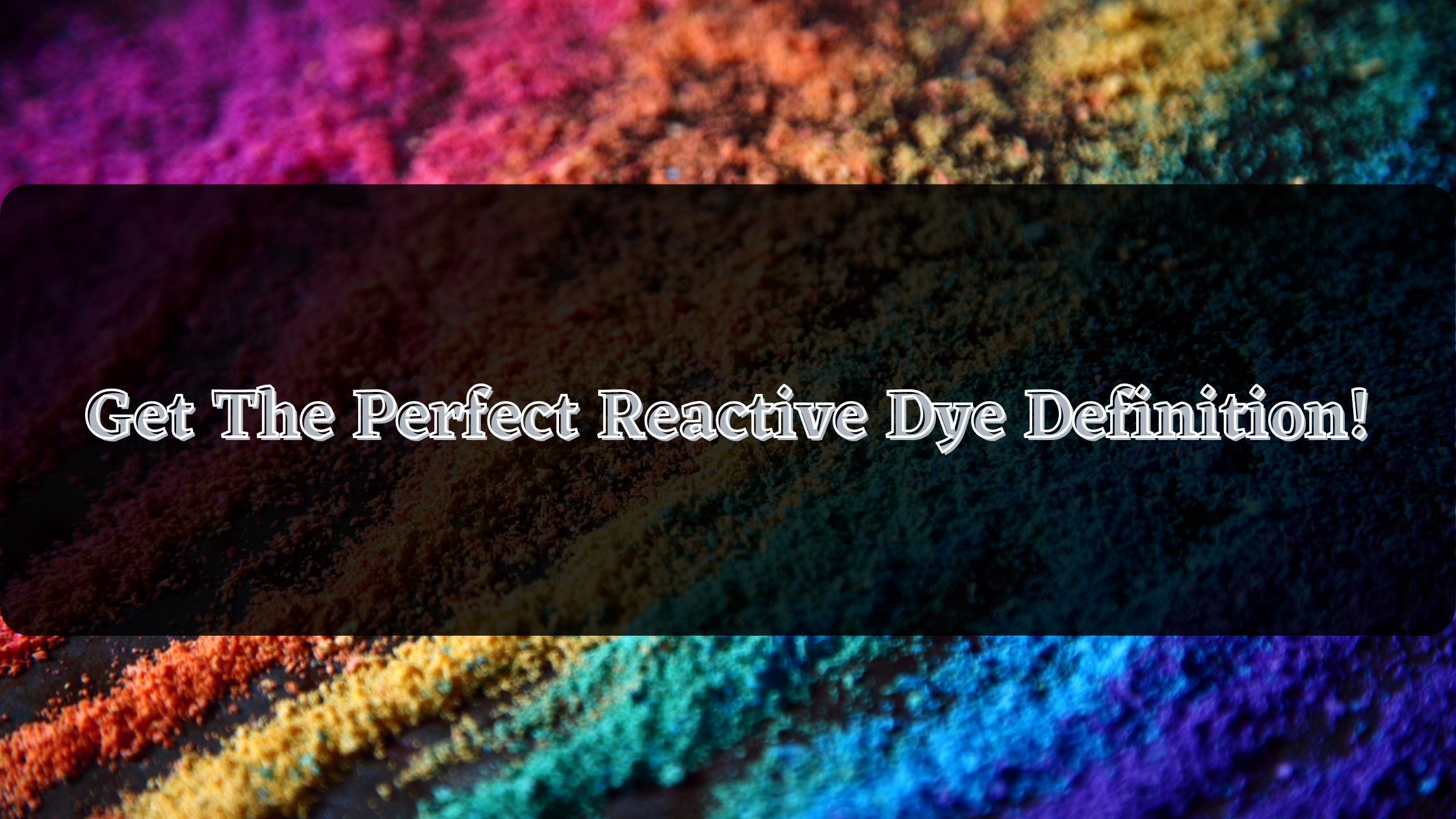
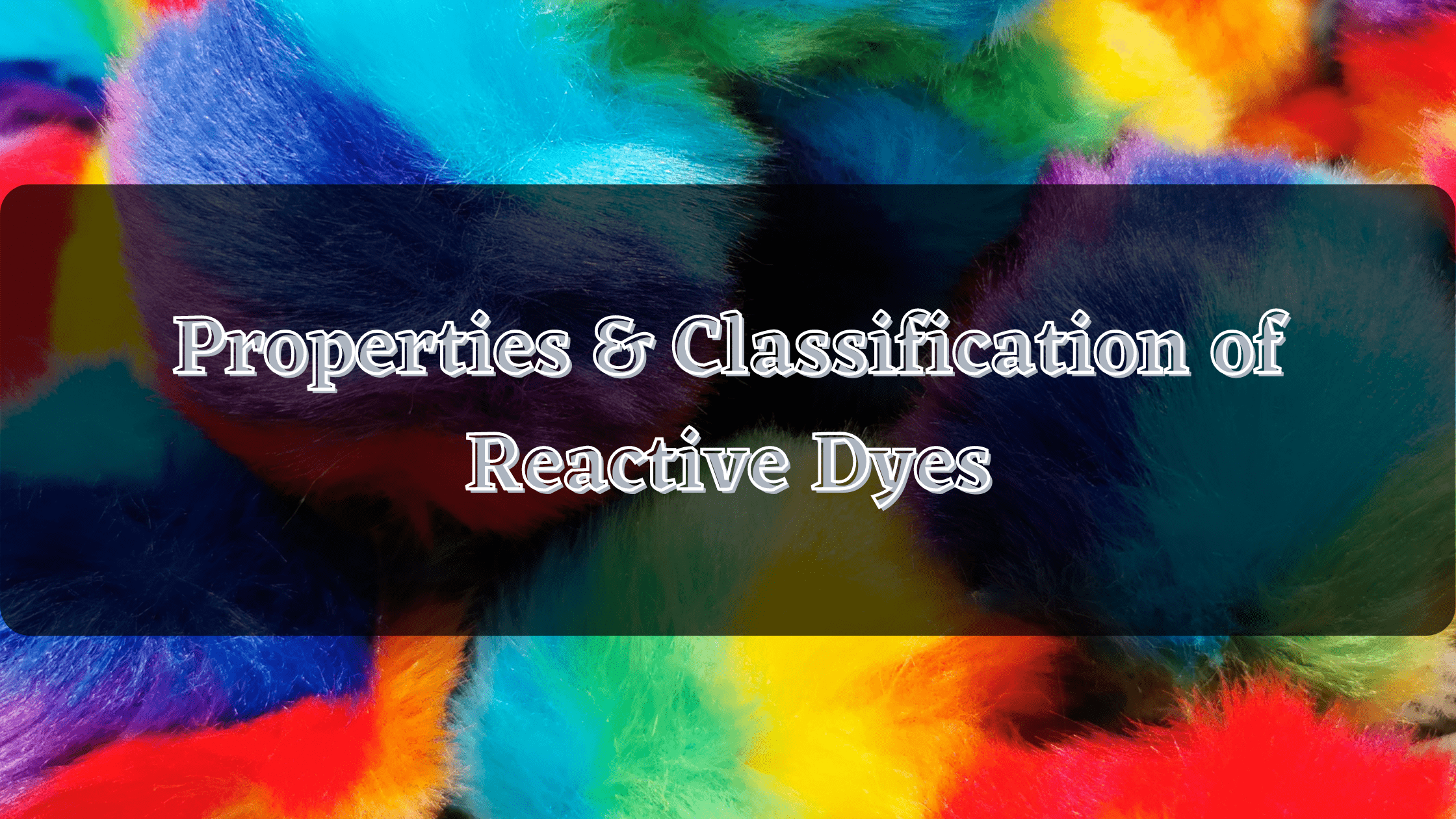
![Reactive dye [An Overview]](https://www.textileproperty.com/wp-content/uploads/2020/07/Reactive-dye-1.jpg)